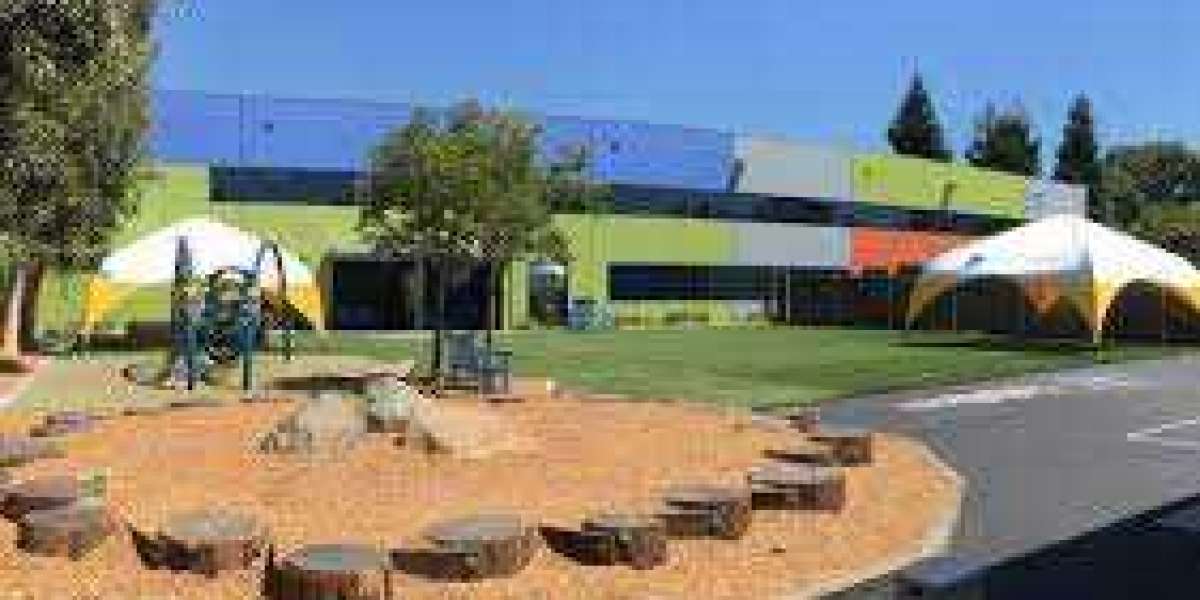The role of temporary structures in schools
In the dynamic landscape of education, the need for flexible and adaptable learning environments has become increasingly evident. Temporary structures in schools have emerged as a viable solution to address the ever-changing needs of educational institutions. This article delves into the role of temporary structures in schools, exploring their benefits, diverse applications, and the impact they have on creating versatile educational spaces.
The Evolution of Educational Spaces:
Traditional notions of school architecture have given way to a more dynamic approach, reflecting the evolving nature of education. As educational methodologies transform and student populations fluctuate, the demand for adaptable spaces has become imperative. Temporary structures offer a pragmatic solution, allowing schools to respond swiftly to changing requirements without compromising on functionality or aesthetics.
Benefits of Temporary Structures in Schools:
Cost-Effectiveness:
Temporary structures often prove to be more cost-effective than permanent buildings. The initial investment and construction time are significantly reduced, making it an efficient option for schools operating within budget constraints. Additionally, the ability to repurpose these structures adds to their long-term cost-effectiveness.
Flexibility and Adaptability:
One of the primary advantages of temporary structures is their flexibility. Schools can adapt these spaces to accommodate varying needs, such as additional classrooms during peak enrollment, temporary libraries, or specialized labs for short-term projects. The modular nature of these structures allows for easy reconfiguration.
Rapid Deployment:
Unlike traditional construction, which may take months or even years, temporary structures can be deployed rapidly. This quick turnaround is particularly beneficial for schools facing urgent space requirements due to unforeseen circumstances, such as natural disasters or sudden increases in student enrollment.
Sustainability:
Temporary structures are often designed with sustainability in mind. They can incorporate eco-friendly materials, energy-efficient systems, and can be easily dismantled and reused. This aligns with the growing emphasis on environmentally conscious practices in educational institutions.
Temporary vs. Permanent Expansion:
For schools experiencing temporary spikes in enrollment or planning short-term projects, temporary structures offer a pragmatic alternative to permanent expansion. Instead of investing in permanent facilities that may become underutilized in the long run, schools can deploy temporary solutions that align with their immediate needs.
Innovative Learning Spaces:
Temporary structures provide the flexibility to experiment with innovative learning spaces. Schools can create open classrooms, collaborative workspaces, or outdoor learning areas that cater to diverse teaching methodologies. This adaptability fosters creativity and accommodates evolving educational trends.
Applications of Temporary Structures in Schools:
Temporary Classrooms:
Meeting fluctuating enrollment numbers becomes more manageable with the deployment of temporary classrooms. These structures can be quickly assembled to address immediate space requirements, ensuring that every student has access to a conducive learning environment.
Examination Halls:
During examination seasons or when hosting large-scale assessments, schools often face the challenge of providing ample seating space. Temporary structures can be utilized to create examination halls, allowing schools to efficiently manage the logistics of assessments without compromising on the integrity of the process.
Library Extensions:
Schools occasionally require additional space for special projects, events, or temporary expansions of facilities like libraries. Temporary structures can serve as library extensions, providing students with access to a broader range of resources without the need for permanent construction.
Laboratories and Workshops:
Temporary structures are ideal for creating specialized spaces such as science laboratories or workshops. Schools can adapt these structures to cater to specific curriculum requirements or short-term projects, providing students with hands-on learning experiences without committing to permanent additions.
Administrative Offices:
Fluctuating administrative needs, especially during peak admission seasons or special projects, can be efficiently addressed with temporary administrative offices. These structures provide the necessary space for administrative tasks without requiring a permanent expansion of office facilities.
Recreation Areas:
Schools recognize the importance of recreational spaces for student well-being. Temporary structures can be utilized to create versatile recreation areas, including covered play zones, outdoor theaters, or temporary sports facilities. These adaptable spaces enhance the overall student experience.
Design Considerations for Temporary Structures:
Modularity:
Designing temporary structures with modularity in mind ensures that components can be easily assembled, disassembled, and reconfigured. This modularity facilitates adaptability, allowing schools to modify the structures according to changing needs.
Energy Efficiency:
Sustainable design principles should be incorporated to enhance energy efficiency. This may include the use of energy-efficient lighting, insulation, and ventilation systems. The goal is to create environmentally conscious structures that align with the values of educational institutions.
Aesthetics:
Temporary structures need not compromise on aesthetics. Design considerations should account for the visual appeal of these structures, ensuring that they complement the existing architecture of the school and contribute positively to the overall ambiance.
Accessibility:
Ensuring that temporary structures are accessible to all students, including those with disabilities, is paramount. Designing ramps, accessible entrances, and adequate spacing within the structures fosters an inclusive educational environment.
Durability and Safety:
While temporary, these structures should be durable and adhere to safety standards. Robust construction materials and adherence to building codes ensure that temporary classrooms and facilities provide a safe and secure environment for students and staff.
Case Studies: Successful Implementation of Temporary Structures
Post-Disaster Relief:
In regions prone to natural disasters, schools often face the challenge of rebuilding quickly to resume educational activities. Temporary structures have been successfully deployed in such situations, providing schools with the means to resume operations swiftly while permanent reconstruction takes place.
Seasonal Enrollment Surges:
In areas where seasonal factors, such as migrant labor movements, impact student enrollment, schools can use temporary classrooms to accommodate temporary increases in student numbers. This ensures that every student has access to quality education during peak enrollment periods.
Specialized Learning Projects:
Schools undertaking short-term, specialized learning projects, such as science fairs, arts festivals, or vocational training programs, can utilize temporary structures to create dedicated spaces. These structures provide a focused environment for students to engage in project-based learning.
Challenges and Considerations:
While temporary structures offer numerous benefits, there are challenges and considerations to be mindful of:
Regulatory Approvals:
Obtaining regulatory approvals for temporary structures can be a bureaucratic challenge. Schools must navigate local building codes and regulations to ensure compliance with safety standards and obtain the necessary permits.
Long-term Viability:
While temporary structures are cost-effective and flexible, their long-term viability should be carefully considered. Schools must assess whether temporary solutions align with their broader strategic goals or if more permanent solutions are warranted in the long run.
Community Perception:
Introducing temporary structures may impact the perception of the school within the community. Communication and transparency regarding the purpose and duration of temporary structures are essential to address any concerns and maintain community support.
Maintenance and Upkeep:
Temporary structures, though designed for durability, require maintenance to ensure they remain safe and functional. Schools must allocate resources for regular inspections, repairs, and upkeep to guarantee the longevity of these structures.
Conclusion:
Temporary structures in schools have become integral components of modern educational strategies. Their ability to provide adaptable, cost-effective, and sustainable solutions makes them valuable assets for schools facing dynamic challenges. By embracing temporary structures, educational institutions can create environments that not only meet the immediate needs of students and staff but also foster innovation, flexibility, and a responsive approach to the ever-evolving field of education.



